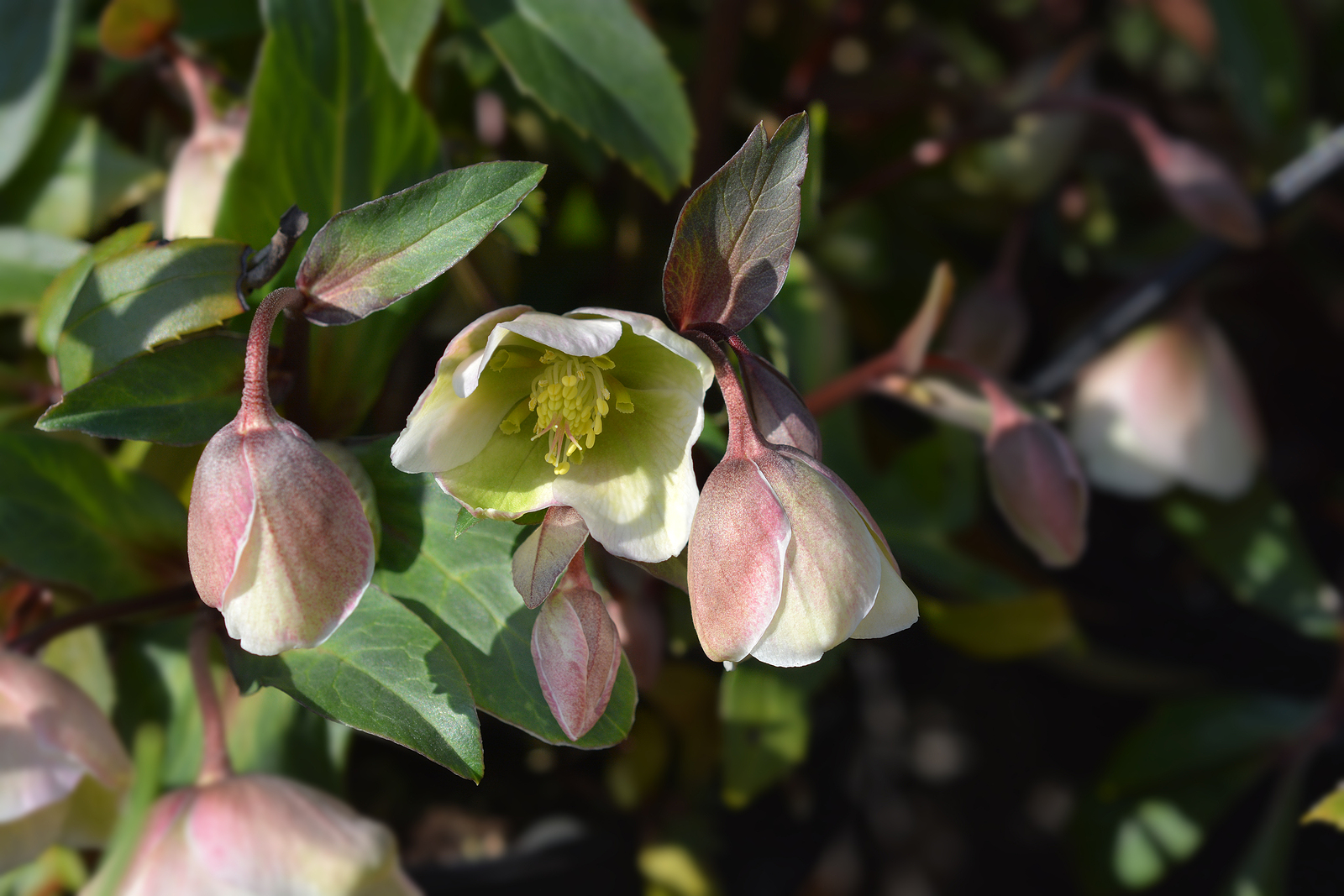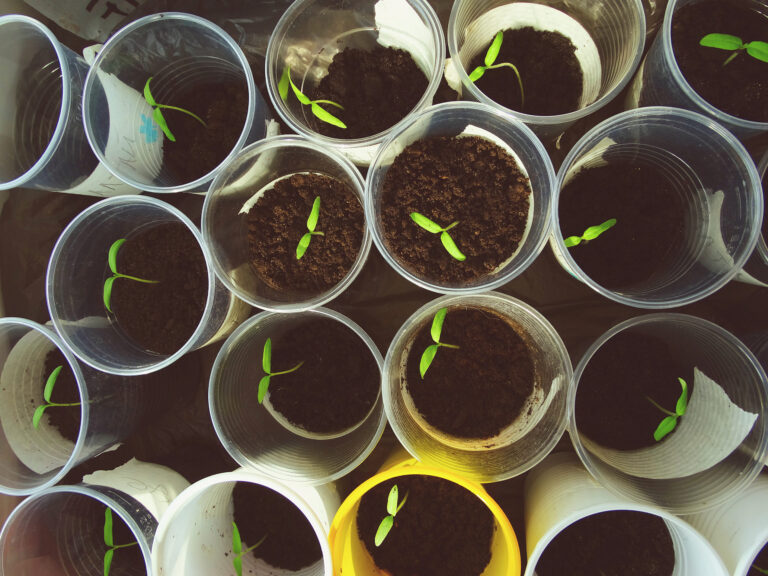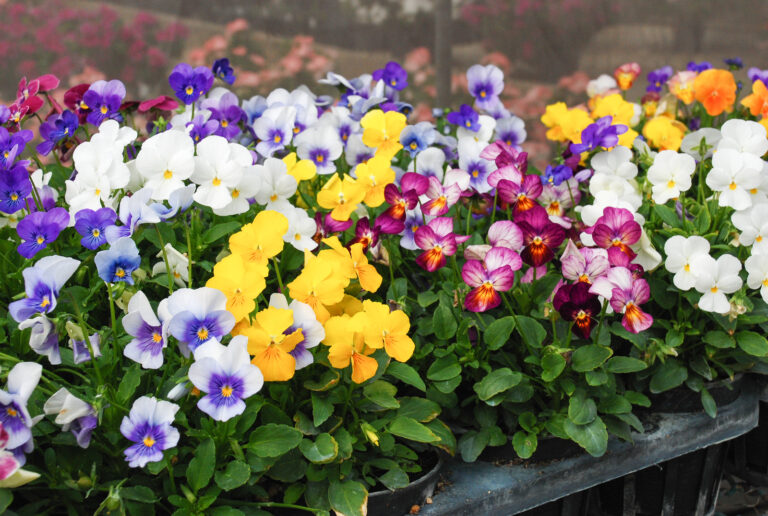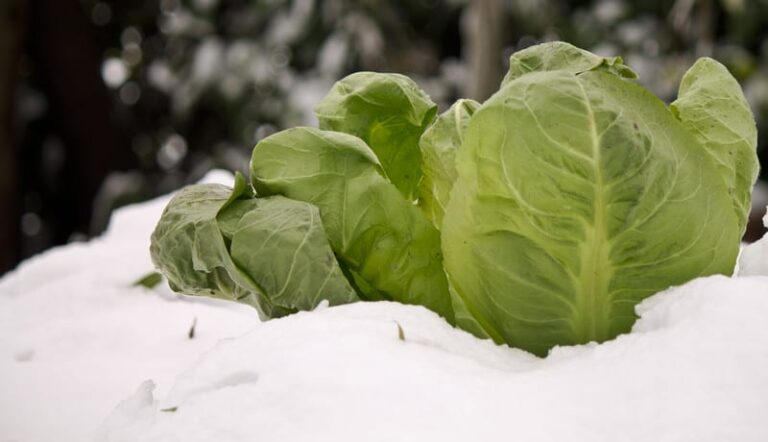January Flower Garden Tips Zone-by-Zone
The number of frost-free days each year in the northern hemisphere ranges from more than 300 along the southern coasts to less than 100 in the landlocked north. Your natural growing season stretches from the last frost in spring to the first frost in autumn.
In Zones 10 and 11, the last frost of the year will come no later than mid-January. In Zones 3 and 4, the last frost will come in May or early June. That means spring has already arrived for many gardeners and is months away for others.
Here is a zone-by-zone to-do list for January. You’ll find planting and garden care tips for trees and shrubs, perennials, annuals, bulbs, the lawn, and houseplants for your region.
Use the USDA Hardiness Zone Map to check your zone if you are unsure.
If you are unsure when the last frost in spring happens where you live–and when the first frost in autumn comes. Go to this post: Average Last and First Frost Dates for Cities, States, and Countries.
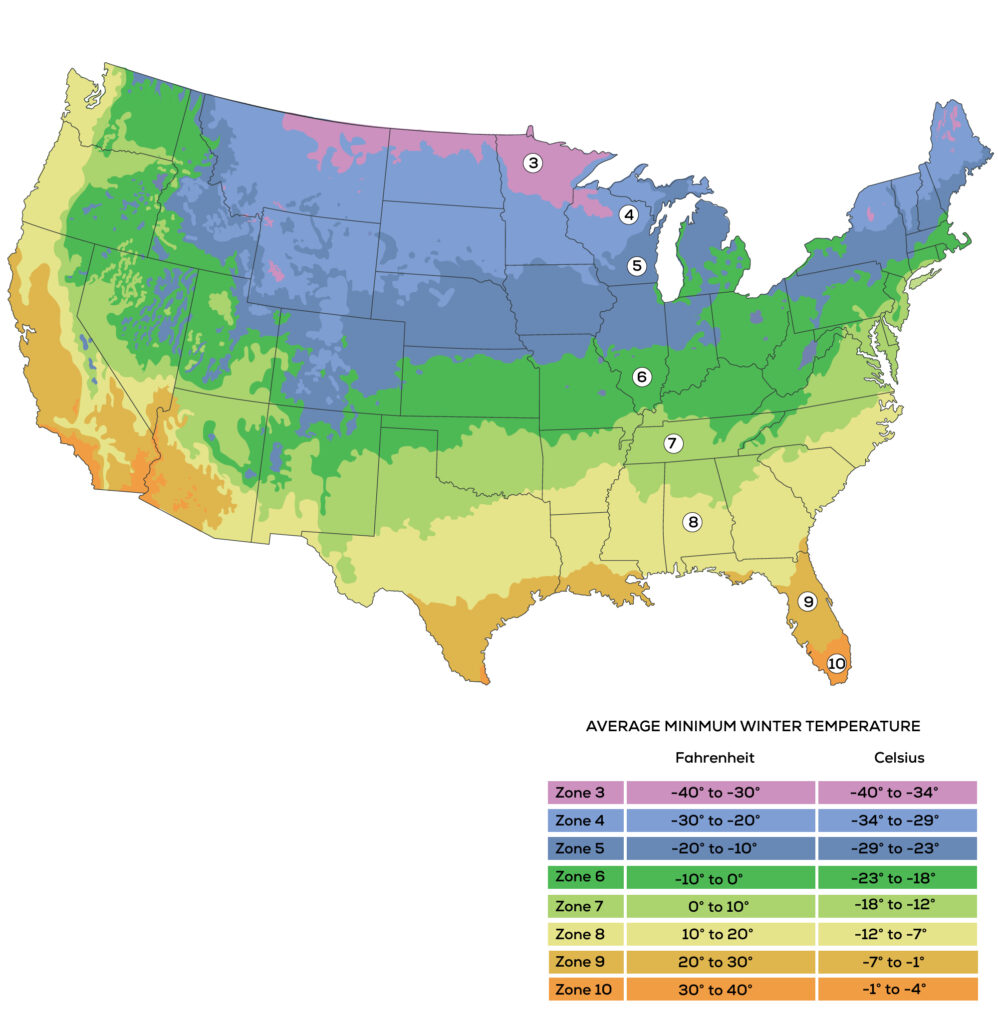
Trees & Shrubs
Zones 8-11: Plant bare-root, balled-and-burlapped and container-grown trees, shrubs, and vines while dormant. When purchasing bare-root and balled-and-burlapped trees and shrubs, look closely at the root system. A perfectly shaped tree or shrub will be stunted for several years or could die if too much of the roots are removed or allowed to dry out in storage. Prune summer and fall blooming trees, shrubs, and vines if not done last fall. Fertilize acid-loving plants if not done last fall. Feed new transplants with water-soluble fertilizer. Water all plants monthly if the weather is dry. Water evergreens, especially if the weather has been dry. Look for overwintering insects. Apply dormant oil spray when temperature is over 40°F (4.4°C). Layer shrubs to create new plants.
Zone 7: Plant bare-root, balled-and-burlapped, and container grown trees and shrubs in pre-dug holes; stake them if needed. Prune trees, shrubs, and vines that bloom in summer or autumn; prune them while they are still dormant. When transplanting established plants, dig them up with a ball of earth around the roots. In most cases, trim back by 1/3 to ½ the lateral branches; do not prune the central leader. An extensive root system with top trimmed back encourages a more desirable shape. Prune established trees and shrubs moderately if they have been neglected; bring them into shape over a 2- or 3-year period. Severe shock of heavy pruning may weaken the plant. Fertilize acid-lovers if not done last fall.
Zone 1-6: Remove heavy snow from trees and shrubs, especially evergreens. Use a pole or rake handle to gently knock snow from wide-spreading branches. Let ice on limbs melt naturally. If a warm sunny day, follows cold nights wrap trunks of thin barked threes such as magnolia, flowering cherry, and young birches. Prune trees, shrubs, and vines that bloom in summer or later, while dormant and as weather permits; finish this pruning by spring. Apply dormant oil spray when temperature is over 40°F (4.4°C). Spray broad-leaved evergreens with antidesiccant. Fertilizer acid lovers.
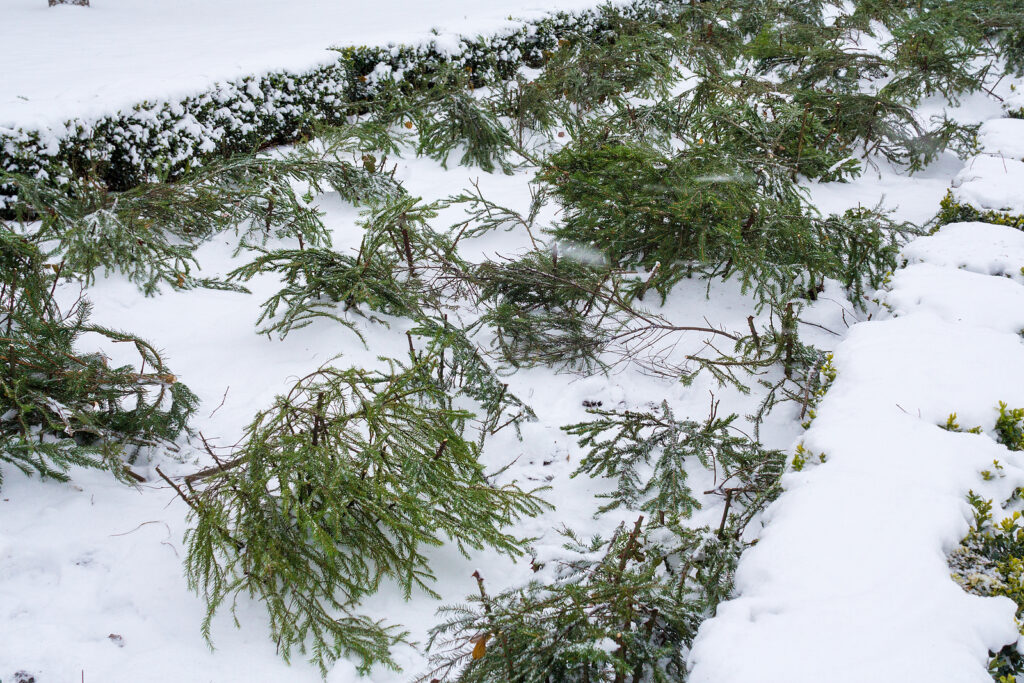
Roses
Zones 9-11: Plant bare-root and container-grown roses; transplant established roses as the weather permits. Prune roses before new growth begins; do not prune climbers and ramblers until after they bloom. Feed new transplants with water-soluble fertilizer. Clean plant debris from the rose garden.
Zone 8: Order roses for early spring planting. Prune bush roses as buds are ready to swell, before new growth begins. Remove mulches as the weather warms. Begin spring cleanup of rose garden.
Zones 1-7: Order roses for early spring planting. Snow is the best kind of winter mulch, so if it lies deeply over rose beds, so much the better. Evergreen branches or marsh hay strewn lightly over a framework of cherry or birch branches will permit air circulation and is ideal for covering roses and perennials in winter.
Lawns & Ground Covers
Zones 9-11: Plant ground covers and ornamental grasses while dormant. Cut back ornamental grasses before new growth begins. Trim ground covers that look messy. Water the lawn if the weather is dry; top-dress lightly with aged compost or lawn fertilizer. Patches of Bermuda grass in your lawn should be dug out while the ground is moist. Fertilize the lawn in Zones 10-11.
Zone 8: Cut back ornamental grasses before new growth begins. Keep unfrozen winter lawns moist; top-dress lightly with aged compost or lawn fertilizer. Avoid walking on frozen grass; this can cause bare spots in spring.
Zones 1-7: Use sand or ashes on icy walk and driveways—salt damages lawns and other plants. Avoid walking on frozen grass or you may cause bare spots in spring.
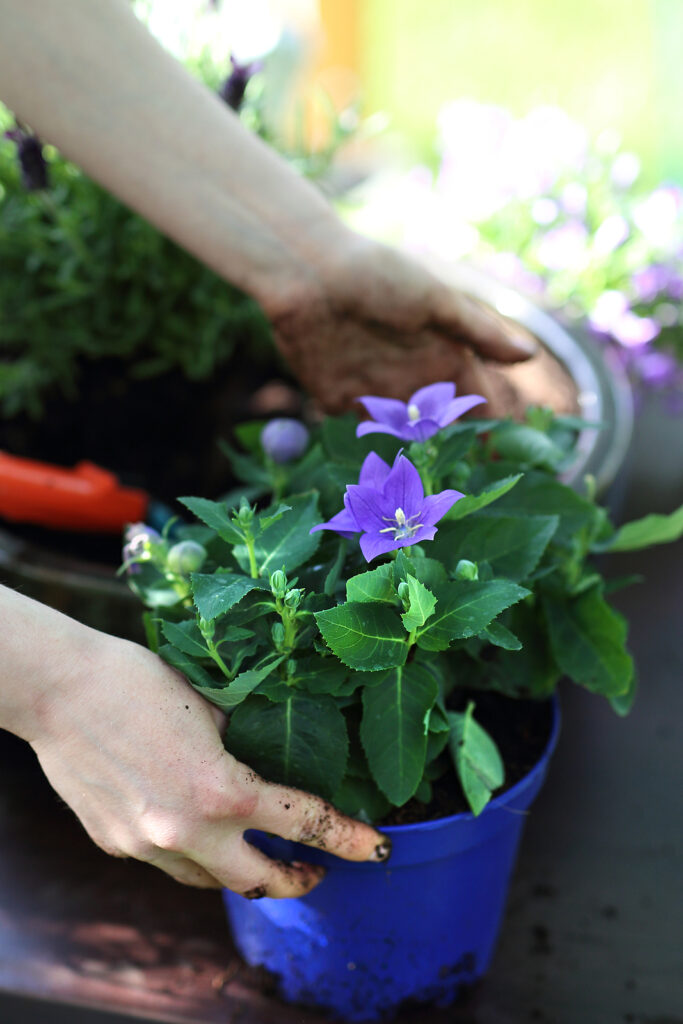
Perennials
Zones 8-11: Order perennials for spring planting. Sow warm-weather perennials indoors or in a cold frame. Seeds of late-blooming perennials started this month will flower during the current year. Plant container-grown perennials. Plant bare-root perennials while dormant. Divide established perennials as necessary and reset them. Fertilize perennials in the garden beginning to grow. Water new and established plants when needed. Do not water cactus or succulents unless winter rainfall is below average. Cover marginally hardy plants if frost or cold is expected. Begin spring cleanup of beds and borders.
Zone 6-7: Prepare plant orders for garden centers and online. Sow seeds of perennials indoors for transplanting out in spring. Perennials and annuals that can be sown this month includes pansies, lobelias, browallias, clarkias, verbenas, lantanas, vincas, petunias, delphiniums, and snapdragons. Check for slug damage to tender crowns of overwintered plants; sprinkle coarse sand around plants to keep slugs and snails away. Check for heaved roots; gently press them back into soil. If the soil is frozen, keep winter mulch in place.
Zones 1-5: Prepare plant orders. Keep beds and borders mulched to prevent frost heaving. Gently press heaved roots back into the soil. Periodically check winter mulch and protection in beds and borders. Snow is the best kind of winter mulch, so if it lies deeply over perennial beds, so much the better. Evergreen branches, chopped leaves, or straw strewn lightly over a framework of cherry or birch branches will permit air circulation to beds and is ideal for covering perennials.
Bulbs
Zones 7-11: As early bulbs begin to grow, sprinkle wood ashes or coarse sand around them if slugs are a problem. Fertilize emerging bulbs with bone meal or fertilizer. Check summer bulbs stored indoors; discard any with mold, rot, or soft spots; mist them if they are starting to dry out.
Zones 1-6: When there is no snow cover, check mulches covering bulb beds; replace mulch if necessary. Check summer bulbs stored indoors; discard any with mold, rot, or soft spots; mist if starting to dry out.
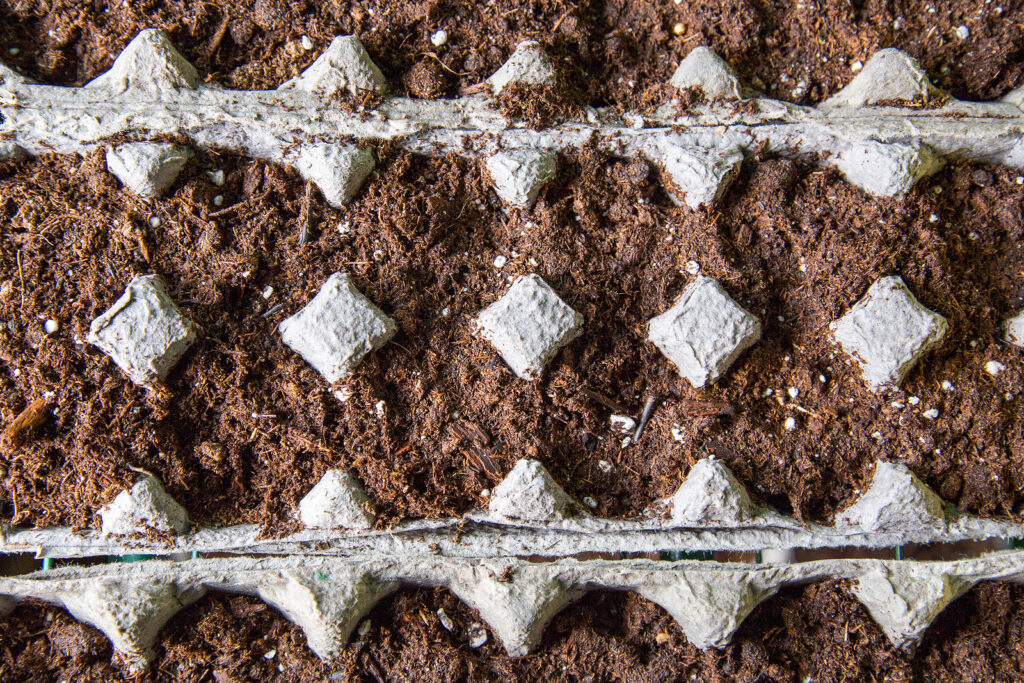
Annuals
Zones 9-11: Sow summer annuals indoors or in cold frame. Plant more hardy annuals outdoors. Fertilize outdoor annuals or top-dress around them with aged compost; water as needed; keep weeded. Clean up beds and borders. Deadhead winter annuals; remove worn out plants. Take cuttings to start new plants.
Zones 6-8: Order seeds for spring planting. Sow hardy annual seeds outdoors—even if the ground is frozen; they will germinate and begin to grow when the weather and soil warms in spring. Start seeds of slow growing spring and early summer annuals indoors. If you are growing winter annuals, fertilize them or top-dress with aged compost; water as needed. Care for indoor growing plants started from cuttings.
Zones 1-5: Order seeds for spring planting. Start seeds of slow growers indoors. Care for plants started from cuttings.
Container Gardens
Zones 8-11: Clean pots and containers to be planted in spring. Scrub out loose soil and fertilizer salts. Disinfect clay pots by soaking them in a bleach solution, 1-part bleach to 9-parts water. Crush broken clay pots to use in the bottom of containers when planting. Inventory supplies and stock up for spring planting. Check tender container plants moved indoors for winter. Soak potted citrus trees to flush out excess fertilizer salts.
Zones 1-6: Begin cleaning out pots and containers to be planted in spring. Scrub out loose soil. Disinfect clay pots by soaking in bleach solution. Crush broken clay pots to use in bottom of containers when planting. Inventory supplies, stock up for spring planting. Check tender container plants moved indoors for winter.
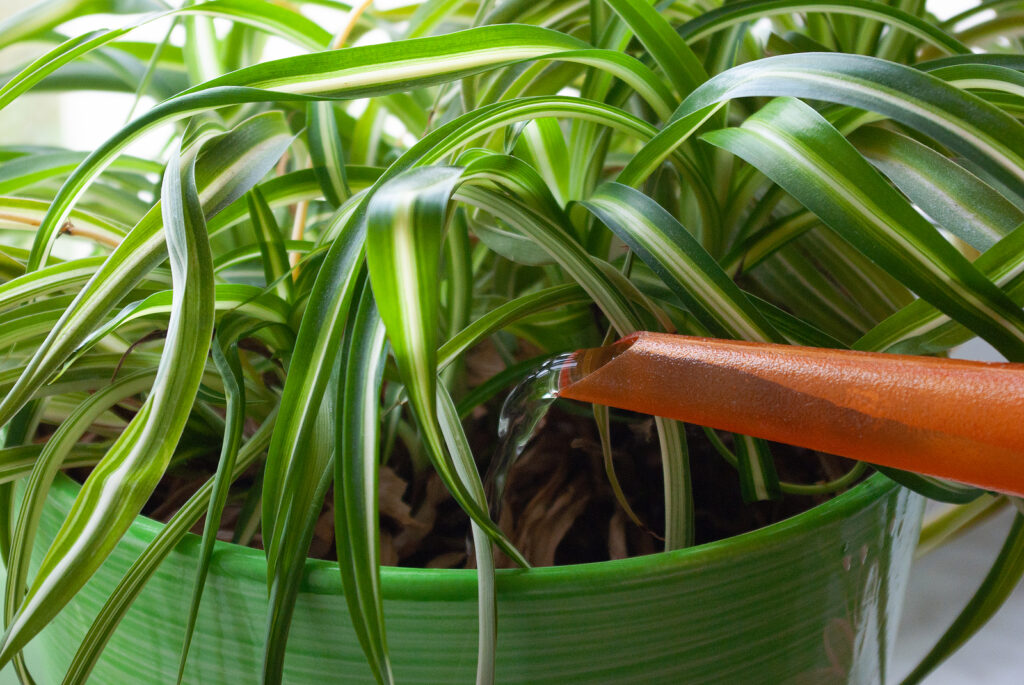
Houseplants
All zones: Feed flowering houseplants by watering once a month with a liquid fertilizer according to directions. Over-feeding is a common mistake; it is likely to result in root burning, especially with inorganic chemical-based fertilizers.
When watering, look for hard-shelled scale and cottony tufts of mealy bug. Clean up mild attacks by syringing with a strong soap solution once a week.
A few hours after every watering, stir the soil surface in pots to a depth of ½ inch with an old kitchen fork—bend the tine down at a right angle. Cultivation will break up the soil crust and provide proper aeration in the pot.
If a warm, foggy, or cloudy days comes along with the thermometer at 45°F (7.2°C) or warmer, set larger house plant outdoors in a sheltered place for a few hours. The fresh, moist air will do them good. Do not expose them to wind or an evening temperature drop.

Plant to Enjoy in January
Border and rock garden plants in flower: Crocus, Eranthis, Galanthus (snowdrop), Helleborus niger (Christmas rose), Sempervivum.
Trees and shrubs with colorful fruit: Aucuba, Pernettya, Pyracantha, Skimmia japonica.
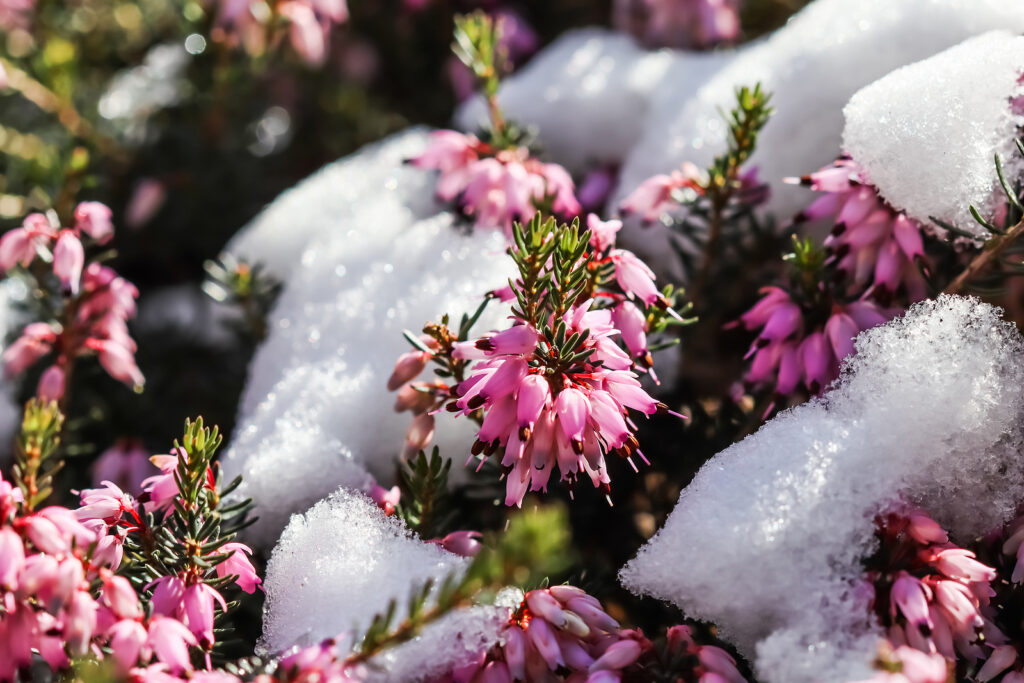
Trees and shrubs in flower: Chimonanthus (wintersweet), Daphne mezereum, Erica carnea, Garrya elliptica, Hamamelis, Jasminum nudiflorum (winter jasmine), Lonicera fragrantissima, Mahonia.
Perennials in bloom (outdoors or in greenhouse): Acacia, Azalea indica, Cineraria, Euphorbia pulcherrima, Primula obconica, Senecio.
Houseplants in flower (depending on position): Anthurium, Aphelandra, Cyclamen persicum, Impatiens, Saintpaulia, Saxifraga stolonifera.
Related articles:

